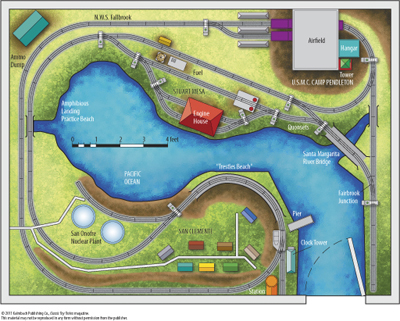
Layout designer: George DyeScale: OLayout size: 12 x 16 feetTrack type: Lionel OMinimum curve: O-31 Originally appeared in the November 2000 issue of Classic Toy Trains. First Honorable Mention in Classic Toy Trains magazine’s first layout planning contest: Plans for a 12 x 16-foot room. Click on this link to download a PDF of this […]
Read More…
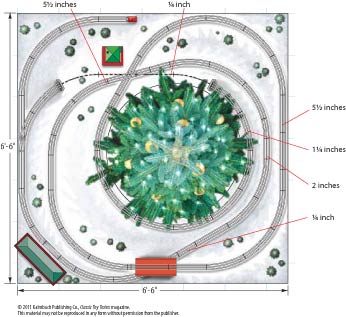
Layout designer: Neil Besougloff Scale: O Layout size: 6 1/2 x 6 1/2 feet Track type: Lionel O gauge tubular Minimum curve: O-42 Originally appeared in the December 2006 issue of Classic Toy Trains. Click on the link to download a PDF of this track plan. Track plan Schematic Parts list […]
Read More…
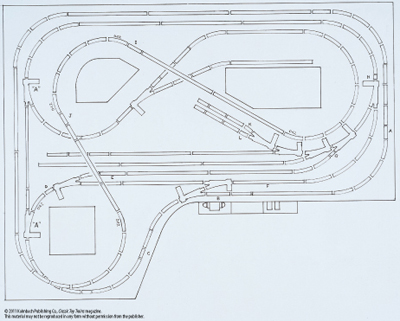
Layout designer: Ray Stuber Scale: O Layout size: 12 x 16 feet Track type: Lionel O Minimum curve: O-42 Originally appeared in the May 2001 issue of Classic Toy Trains. Click on the link to download a PDF of this track plan. Track plan Schematic […]
Read More…
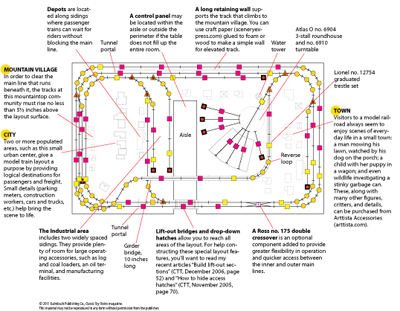
Layout designer: Peter H. Riddle Scale: O Layout size: 12 x 20 feet Track type: GarGraves Minimum curve: O-42 Originally appeared in the January 2007 issue of Classic Toy Trains. Click on the link to download a PDF of this track plan. Track plan Schematic Parts list […]
Read More…
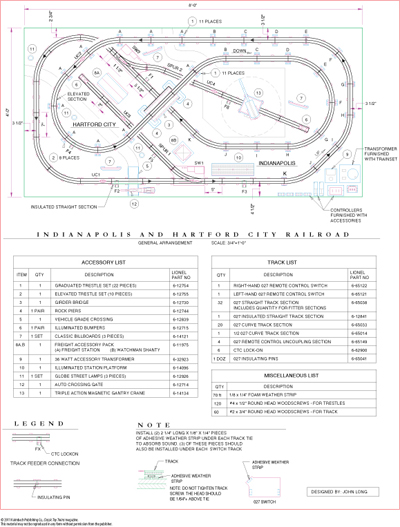
Layout designer: John Long Scale: O-27 Layout size: 4 x 8 feet Track type: Lionel O-27 Minimum curve: O-27 Originally appeared in the November 2002 issue of Classic Toy Trains. Click on the link to download a PDF of this track plan. Track plan Schematic […]
Read More…
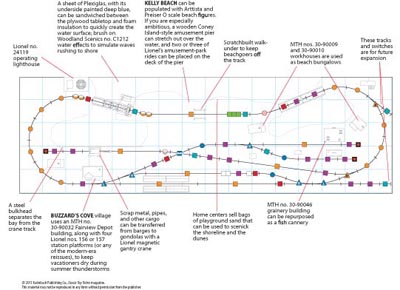
Layout designer: Neil Besougloff Scale: O Layout size: 5 x 16 feet Track type: Atlas O Minimum curve: O-45 Originally appeared in the February 2005 issue of Classic Toy Trains. Trains, bridges, and a beach track plan Trains, bridges, and a beach schematic Trains, bridges, and a beach components […]
Read More…
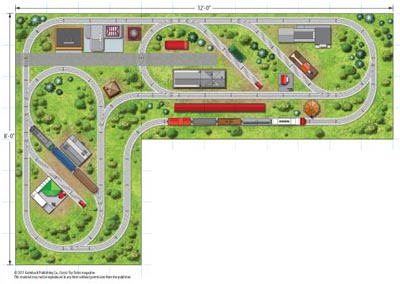
Layout designer: Neil Besougloff Scale: O Layout size: 8 x 12 feet Track type: Lionel O gauge tubular Minimum curve: O-31 Originally appeared in the September 2007 issue of Classic Toy Trains. Two sheets to grow on track plan Two sheets to grow on schematic Two sheets to grow on components […]
Read More…
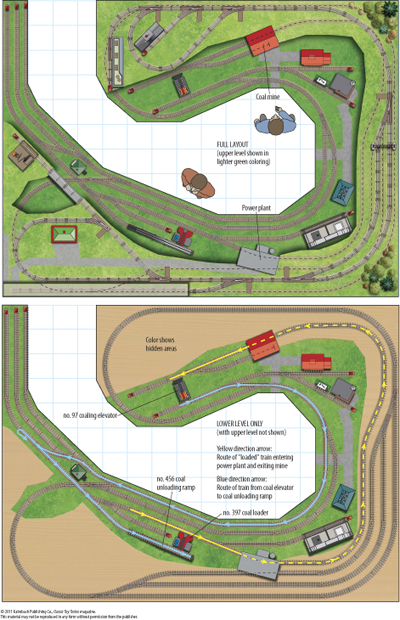
Layout designer: Howard Reed Scale: O Layout size: 11 x 15 feet Track type: Lionel O and Atlas O Minimum curve: O-31 Originally appeared in the July 2003 issue of Classic Toy Trains. Two-tier track plan Two-tier track plan track and materials […]
Read More…
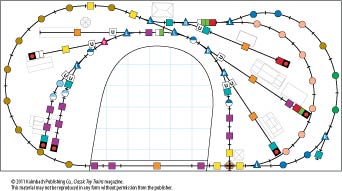
Layout designer: E. A. Engebretson and Kent Johnson Scale: O Layout size: 8 x 16 feet Track type: Atlas O Minimum curve: O-72 Originally appeared in the February 2006 issue of Classic Toy Trains. Walk-in, sit-down, standout plan Walk in, sit down, standout schematic plan Walk-in, sit-down, standout parts list […]
Read More…
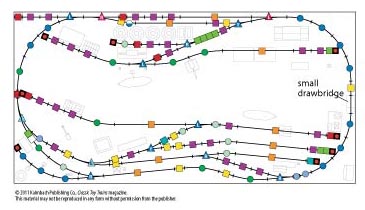
Layout designer: E. A. Engebretson and Kent Johnson Scale: O Layout size: 8 x 16 feet Track type: Atlas O Minimum curve: O-72 Originally appeared in the January 2006 issue of Classic Toy Trains. Waterfront Terminal Railroad track plan Waterfront Terminal Railroad schematic Waterfront Terminal Railroad components […]
Read More…
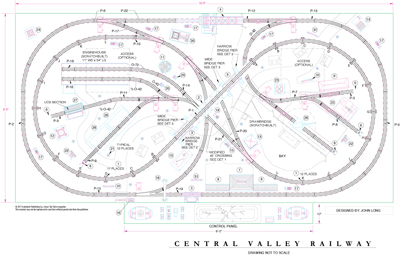
Layout designer: John Long Scale: O Layout size: 8 x 16 feet Track type: Lionel O Minimum curve: O-31 Originally appeared in the March 2004 issue of Classic Toy Trains. Wide curve track plan Wide curve track plan components […]
Read More…
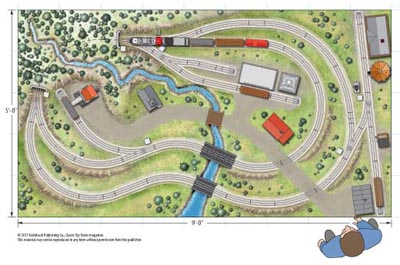
Layout designer: Kent Johnson Scale: O Layout size: 5 x 9 feet Track type: Lionel FasTrack Minimum curve: O-36 Originally appeared in the October 2006 issue of Classic Toy Trains. Click on the link to download a PDF of this track plan. Track plan Schematic Parts list […]
Read More…












